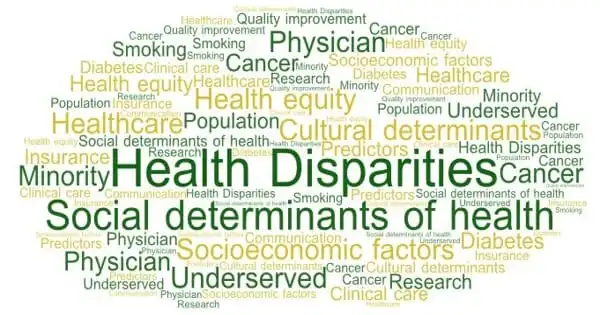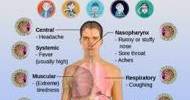The word “health disparities” refers to the unequal distribution of health, illness, disease, suffering, and death based on social status (for example, race/ethnicity, gender, socioeconomic status, geographical location, and so on). Despite the fact that the United States is the most technologically advanced country in the world, spending more resources on health care than any other country, not all residents have equitable access to high-quality health care. Racial and ethnic minorities have poorer health, poorer health outcomes, and higher morbidity and mortality rates than their white counterparts.
Health Inequalities Centers are institutions in the United States that address a wide range of needs and priority areas in order to reduce the currently disproportionate illness and disease rates that contribute to health disparities. They also enhance underrepresented populations’ involvement, empowerment, and recruitment into health professions. Many schools invest heavily in cultural competency training to encourage teachers and staff, as well as present and future healthcare providers, to provide culturally sensitive treatment. These services are typically designed to fit the specific goals or purposes of the distinct components found in the majority of Health Disparities Centers in operation.
History
The Minority Health and Health Disparities Act of 2000, Public Law 106-525, paved the way for an innovative initiative launched by the National Center on Minority Health and Health Disparities (NCHMD). This program, formerly known as Project EXPORT, is now known as the NCMHD Centers of Excellence (COE) Program. The goal of this initiative is to establish centers of research, training, collaboration, and community outreach in the field and study of health inequalities.
Through NCHMD grant assistance, these centers contribute to scientific discoveries and community programming aimed at eradicating health disparities. Successful centers are now open in 31 states, the District of Columbia, Puerto Rico, and the United States Virgin Islands. Many of these institutes are created in collaboration with research-intensive universities, medical colleges and institutions, historically black colleges and universities, Hispanic-serving universities, tribal colleges, and liberal arts colleges. As of 2007, the NCMHD COE initiative had assisted in the establishment of 37 centers.
Addressing health-care inequities is central to the Center for Vulnerable Populations’ (CVP) research. Complex hurdles exist between society’s most disadvantaged populations and adequate health treatment. Health care inequities are exacerbated by multiple layers of cultural, linguistic, geographic, and social vulnerabilities. Health inequalities in the United States are influenced by social and physical settings on numerous levels, which is important for understanding and correcting inequities among racial or ethnic and socioeconomic groups. Furthermore, there is mounting evidence that there is a link between health and social factors such as education, economic resources, community characteristics, discrimination, and residential segregation.
















